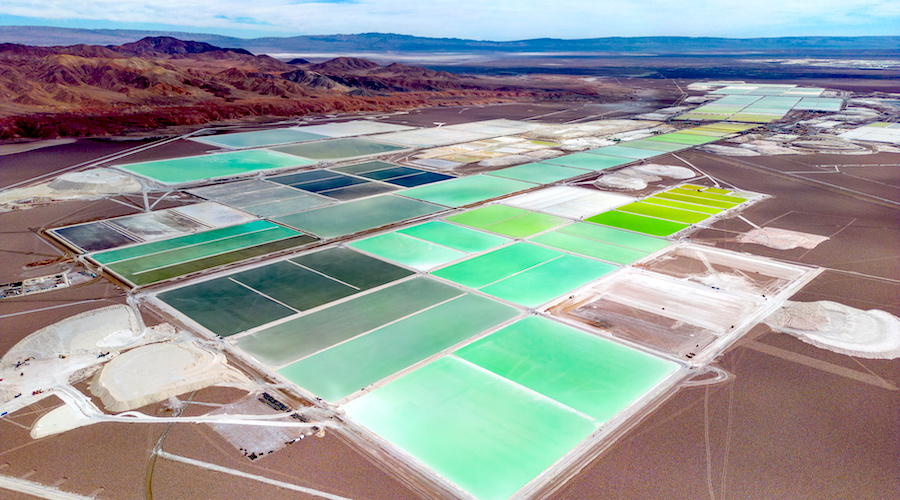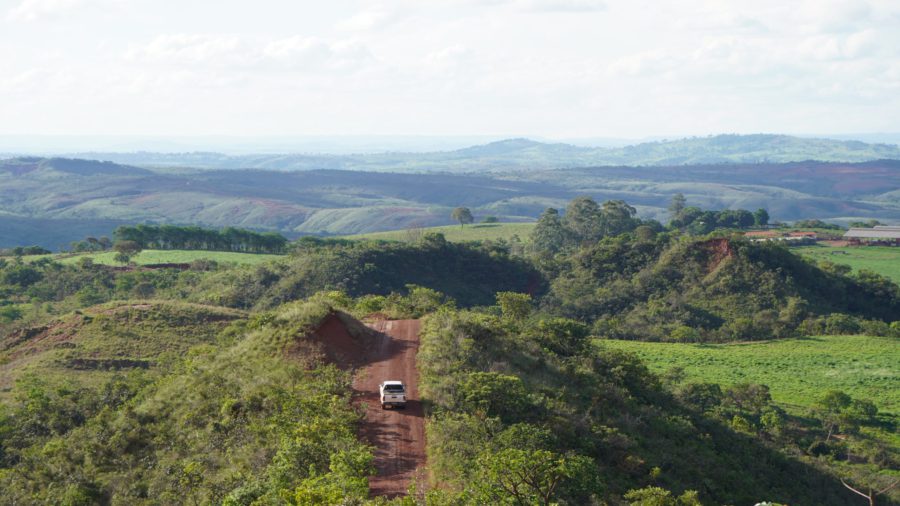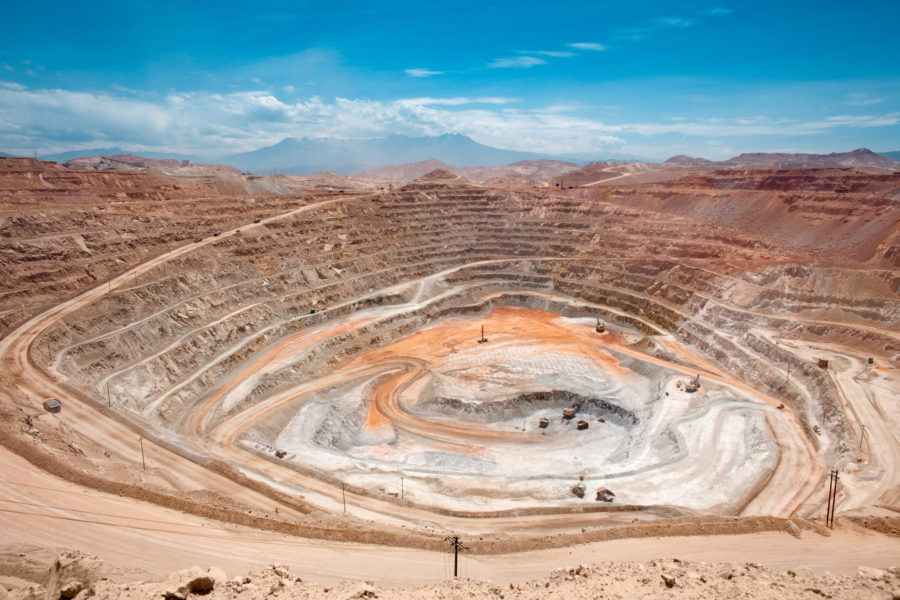Chile copper, lithium mines rattled by 7.4-magnitude quake

A 7.4-magnitude earthquake hit northern Chile on Thursday night, 45 km outside San Pedro de Atacama, where the majority of the country’s vast copper and lithium mines are located.
The main quake hit at 9:50 p.m. local time, according to the United States Geological Survey (USGS) and has been followed by at least five aftershocks ranging from 4.2 to 5 magnitude. The seismic activity shook homes and led to power outages, but there have been no immediate reports of injuries or major damage.
Escondida, the world’s largest copper mine, jointly owned by BHP (ASX: BHP) and Rio Tinto (ASX: RIO) is one of the operations situated in the quake-hit region. Chile’s state-owned company, Codelco, also has mines in this area, including Chuquicamata, Radomiro Tomic, Ministro Hales and Gabriela Mistral mines.
The South American country holds the world’s largest lithium reserves, 90% of which are in the Atacama desert, close to the epicentre. The news triggered supply fears, as Chile is a major exporter of lithium chemicals to China.
Albemarle (NYSE: ALB) and SQM (NYSE: SQM), the world’s largest and second-biggest lithium producers respectively, both run operations at the Salar de Atacama salt flat, where the epicentre of the quake was detected.

“Despite its remarkable size, and the large number of fallen objects, it is not considered a major intensity earthquake,” researchers at the non-governmental Chilean Geoscience Network said. They noted “some minor shocks to infrastructure” such as highways blocked by fallen rocks, but no fallen buildings.
The quake happened just hours after the USGS released its first study to assess global earthquake risk to mineral supplies.
In April, a 4.7-magnitude quake hit the Collahuasi copper mine, a joint operation between Anglo American (LON: AAL), Glencore (LON: GLEN) and a Japanese consortium. Earlier this month, a 4-magnitude earthquake shook Antofagasta’s (LON: ANTO) Los Pelambres copper mine.
Chile is a country frequently affected by earthquakes, so the nation is well-prepared to face them. As a result, major destruction and deaths are uncommon. In 2010, however, an 8.8-magnitude earthquake and subsequent tsunami claimed 526 lives and caused billions of dollars in damage.
The most powerful seismic event ever detected by instruments worldwide happened in Chile on May 22, 1960. A magnitude 9.5 earthquake occurred off the southern coastal city of Valdivia, creating a tsunami that traveled across the Pacific.
More News
Resouro boosts titanium resource by 37% at Tiros project in Brazil
Total resources are now 1,400 Mt1 at 12% TiO₂ and 4,000 ppm TREO, the company said.
April 09, 2025 | 04:37 pm
Prime Minister Mark Carney vows to speed permits, make Canada energy superpower
The Liberal Party leader said at a campaign stop in Calgary that his government would create a Major Federal Project Office with a “one project, one review” mandate.
April 09, 2025 | 03:34 pm
Peru mining chamber sees copper output up 2-4% this year
That would put Peru's copper production between 2.79 million and 2.85 million metric tons.
April 09, 2025 | 02:53 pm
{{ commodity.name }}
{{ post.title }}
{{ post.excerpt }}
{{ post.date }}




Comments